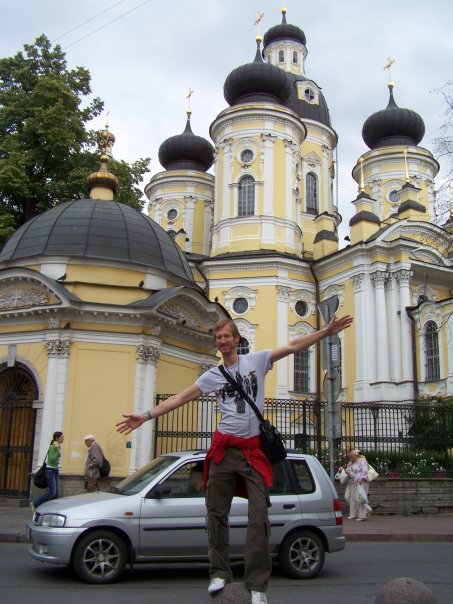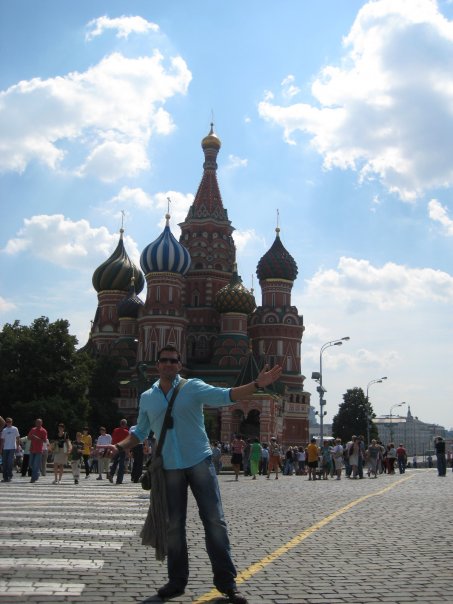WE WANT TO EMBRACE THE WORLD FROM HONG KONG !
WELCOME TO HONG KONG OPENARMS!


Laura from Chile. Disney Hong Kong Openarms!
The words Hong Kong mean fragrant harbour.

Benoit from Canada. Hong Kong Openarms!
The emblem for the reunification of Hong Kong with China is Sousa Chinensis (the Chinese White Dolphin) which in fact is pink.
Britain gained Hong Kong Island after the defeat of the Chinese in the Opium War, 1842.
Kowloon, one of Hong Kong’s mainland regions, means Nine Dragons.
Hong Kong is very hilly and there are outdoor escalators in the Central district of the Island.
Hong Kong is one of the world’s most densely populated areas. Almost seven million people live in four hundred and fifteen square miles.
On 1st July 1997, Hong Kong became a Special Administrative Region of China. There were thirty thousand British citizens living in Hong Kong at the time of the Handover.
The Noon Day Gun was fired every day at Noon. It was made famous in Noel Coward’s song “Mad Dogs and Englishmen”.
The Regent Hotel in Tsim Sha Tsui has been designed so that the dragons can pass through and feed at the harbour. There is a fountain to attract them and huge glass windows to allow them to pass through!
Feng Shui (wind/water beliefs) is an important consideration in the design of buildings. Geomancers divine the harmonies of the site and even doors, windows and furniture are positioned to balance the 8 elements of nature and the spirit of Yin and Yang.
Feng Shui mirrors are hung on houses, shops and restaurants to prevent evil spirits from entering the buildings. The mirrors are octagonal and have a concave mirror inside, so when the spirit looks at it he becomes scared of his image and goes away.
Temples should always have hills behind them and face the sea for good luck.
Chinese lucky numbers are 2, 3, 6, 8 and 9. Unlucky numbers are 1, 4 and 7 (4 and 7 sound like the Chinese word for death)
People eat long noodles on their birthday so they may have a long life.
In the past, children would die of malnutrition or disease, so their parents would protect them with pictures of the five poisons: the scorpion, lizard, centipede, snake and toad or spider.
During the Chinese New Year festivities, children are given “Lai see” (lucky money).
At funerals the Chinese burn paper representations of things, such as money, to help the dead person have an easy after-life.
The Chinese worship many gods and there is one for almost everything. If you want to have success in tests like times tables, you would worship a certain god. People have statues of the gods such as those representing fertility, longevity and prosperity in their homes
In the old days people believed that if their crops failed it was the work of evil forces. Spirit houses and earth shrines were built to protect people from the activities of bad spirits. It was believed that the spirit who lived on the land before the house was built had a place to live. Incense, fruit and drinks were offered to please the spirits.
Every year between April and May a bun festival takes place on Cheung Chau Island. It is held to placate the hungry ghosts that roam around. Giant bun towers are built and at midnight on the last day after the ghosts have had their fill, the young men of the village used to compete to see who could be first to reach the highest bun. However, someone was recently injured so now buns are distributed in the morning, mainly to women and children.
Fireworks are important in celebrations in Hong Kong but people are not allowed to have private firework parties.
Before the Handover, portraits of the Queen were removed and people collected souvenirs of Hong Kong as a British colony.
Chris Patten was the last British Governor of Hong Kong.
When the Chinese in Hong Kong marry, they go through two wedding ceremonies. The first is the official signing of the register and the bride wears a white western bridal dress. The second ceremony is the banquet which can take place up to two years later. The marriage is not recognised until the banquet takes place. During the banquet the bride wears the traditional red mandarin collared gold embroidered dress and a tea ceremony takes place where the bride and groom serve tea to the groom’s parents.
Songbirds are favourite pets in many Chinese households and are bought for their singing abilities. People in Hong Kong “walk” their songbirds and take them with them to the teahouses.
Goldfish are a favourite of the Chinese and many exotic fish are kept such as the dragon-eye fish with big bulbous eyes. Goldfish originate from China and are believed to bring good luck. The word for fish, Yu, means prosperity and good fortune.
The new airport is on Lantau Island and is linked to the mainland by the Tsing Ma Bridge, one of the world’s longest suspension bridges. When the new bridge was opened people were crazy about going to see it and Lantau Island … One Sunday there were 30,000 people going to the Island. This created many traffic problems … some people were even fighting to get on the bus to the Po Lin Temple on Lantau!
We are waiting for your pictures. You can send them to theopenarms@ymail.com


































